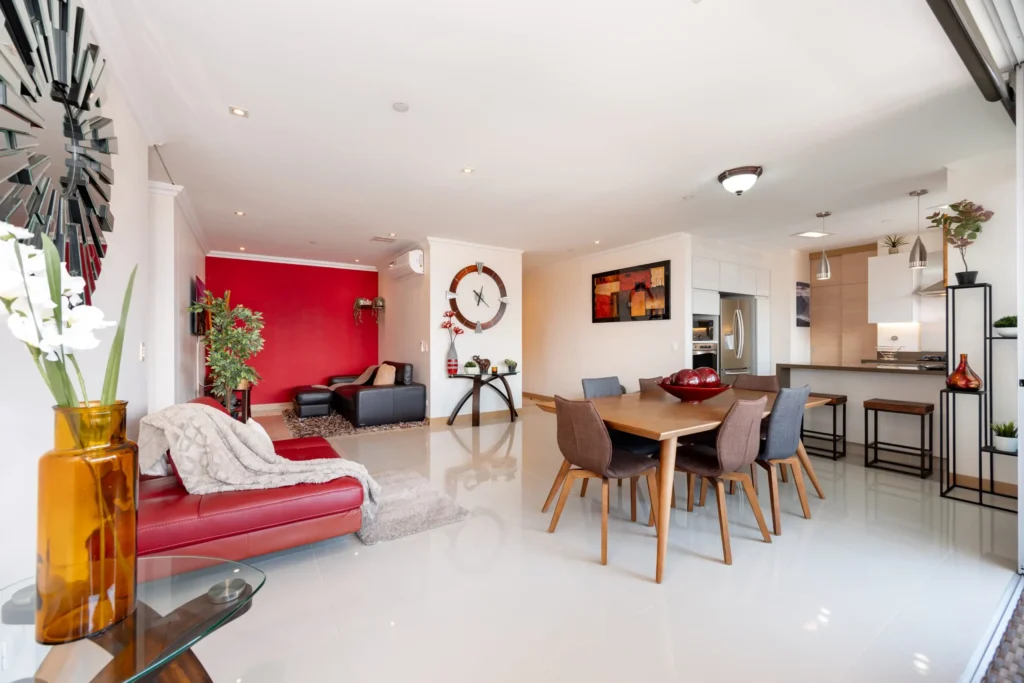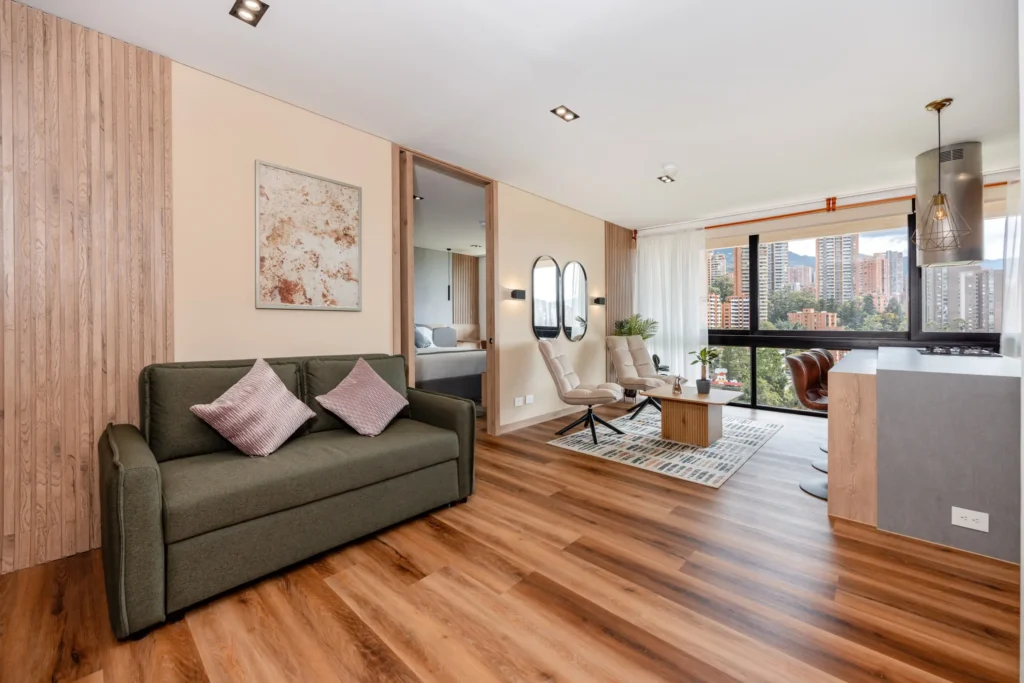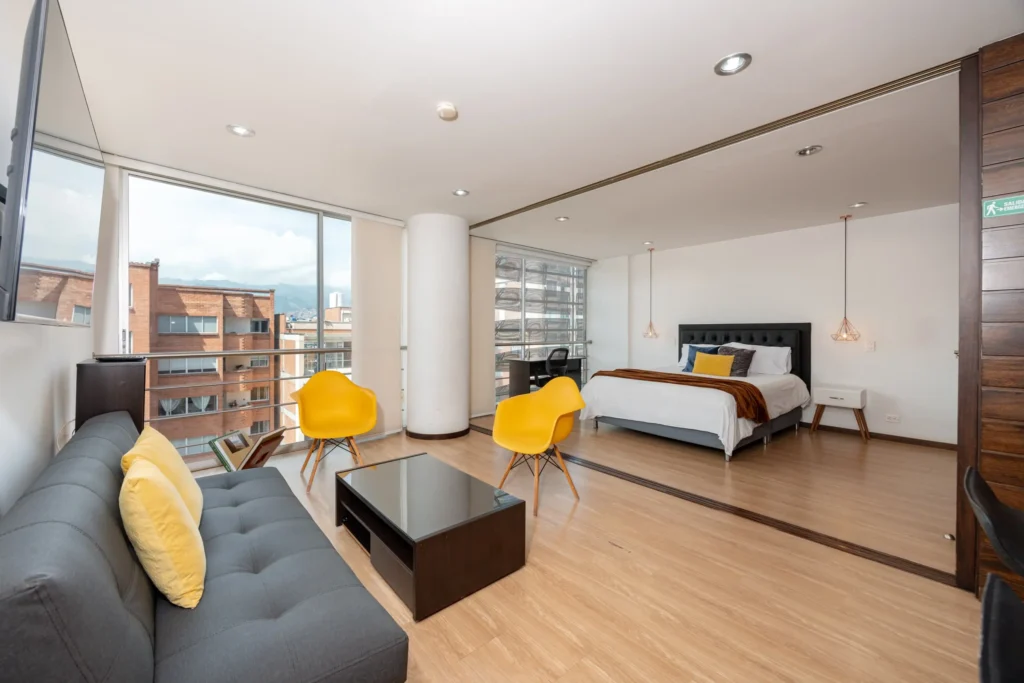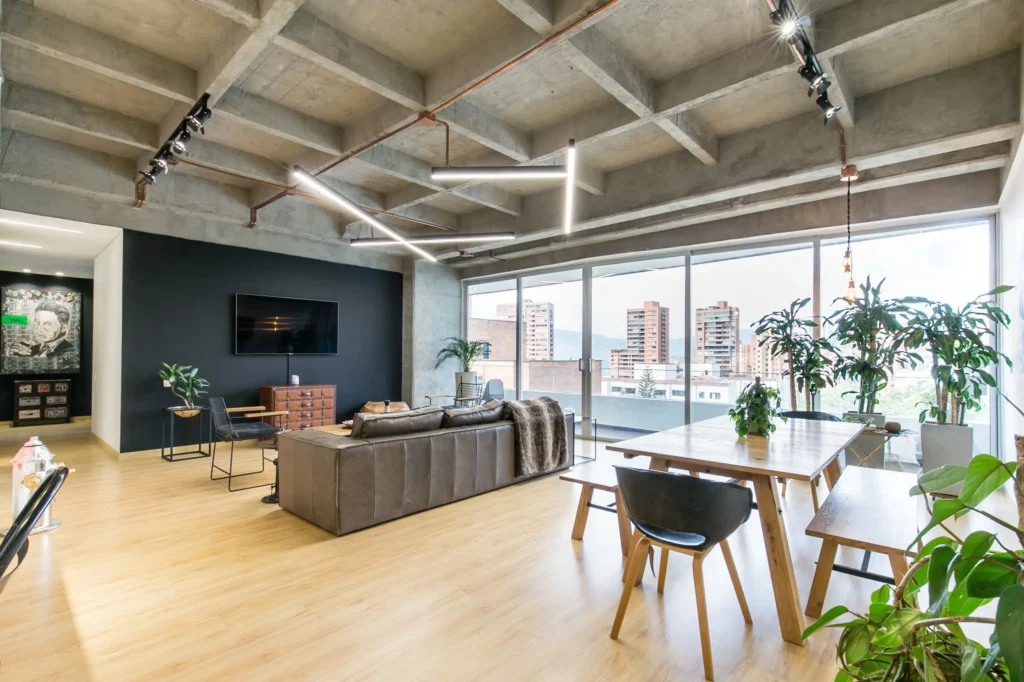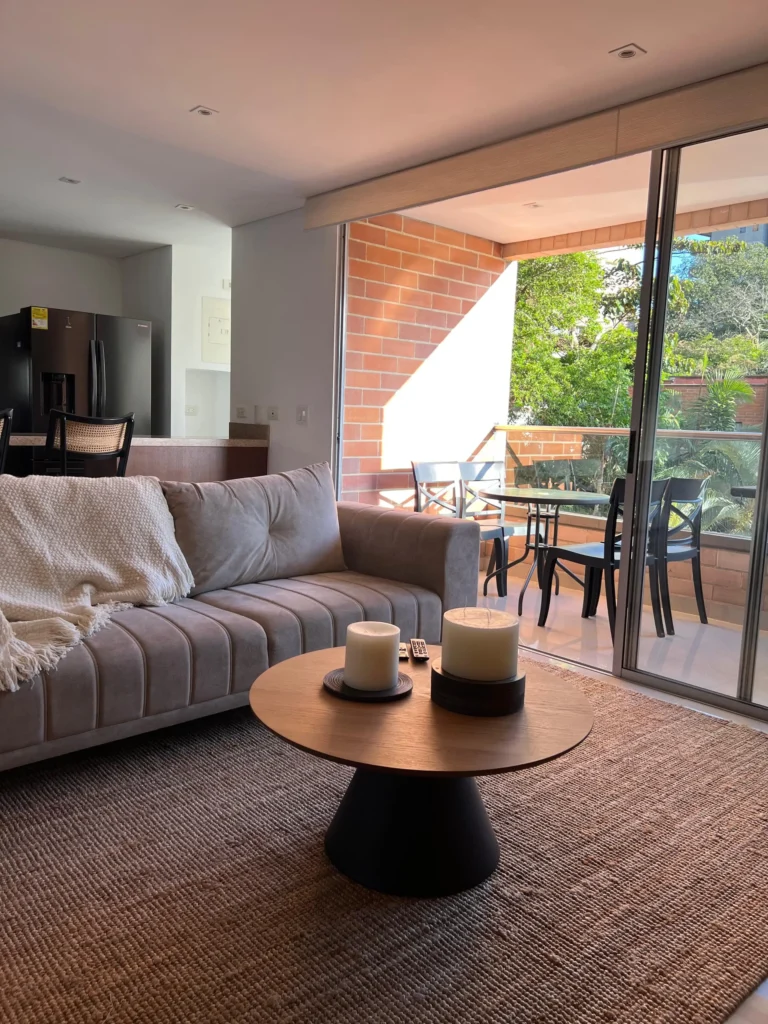Short on time? Medellin has been putting money into urban developments that liven up the city and make it a fantastic place for foreigners.
Medellin’s triumphant arc from the murder capital of the world in the early 1990s to the world’s most innovative city in 2013, has been well charted. That’s been largely thanks to the major city improvements taking over the city.
The city’s remarkable transformation was achieved with a simple dictum laid down by the former mayor, Sergio Fajardo. His work radically changed the fortunes of millions of the city’s poorest inhabitants.
If you’re interested in learning more about these city improvements, keep reading. Let’s take a look at how the city has been steadily transforming.
The History of City Improvements in Medellin
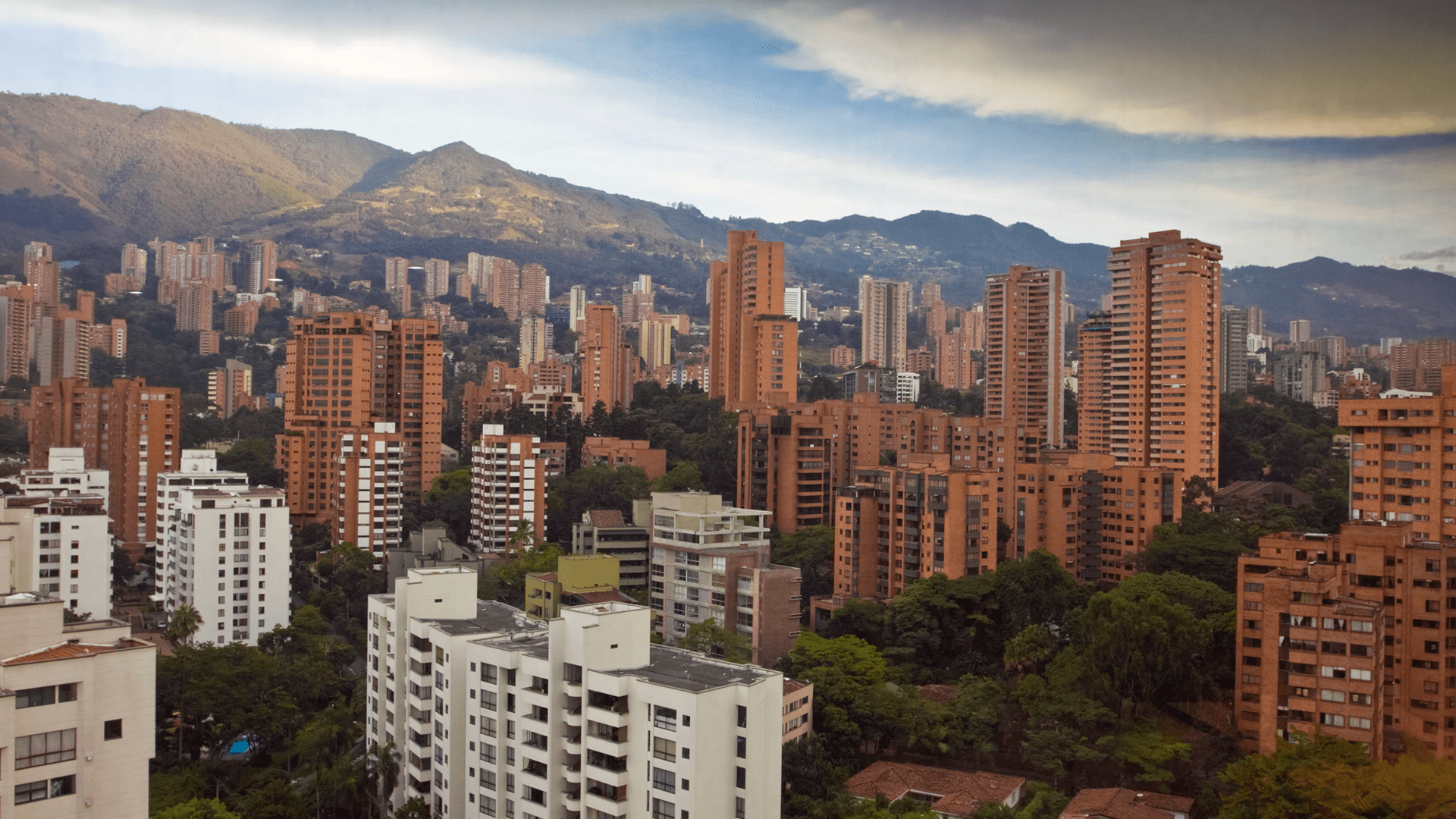
The Son of Raul Fajardo is the architect of Medellín’s most emblematic buildings including the needle-shaped Coltejer building in the center of the city. The politician was, from an early age, very aware of the power of bricks and mortar to change people’s perceptions.
Fajardo, the mayor, wanted to turn the city upside down and redress a huge social deficit built up throughout his lifetime. He enlisted the help of some of the city’s most talented architects to do so.
Since the transformation started, the city’s urban interventions have extended to new parks, cycle lanes, and more public transport infrastructure.
These inventions have transformed the lives of many of the city’s inhabitants. Additionally, the architecture makes for a fascinating trip through the city’s recent history.
From former dump Moravia to the favelas of Santo Domingo and San Javier, these neighborhoods are no longer no-go zones for police. Now, they’re an essential part of any visit to Medellin.
Orquideorama (Jardin Botanico)

Orquideorama is a towering, bee-hive-inspired public space built to showcase the orchid collection of the Jardin Botanic. The spot opened back in 2006. Since then, it has made the botanical gardens one of the most appealing places in the city.
Today, book readings, celebrity weddings, senior citizen yoga sessions, and electronic music festivals all occur here. It’s also a completely free place to explore for tourists!
The Orqui (as the locals say) is a multi-purpose masterpiece.
Lorenzo Castro’s circular entrance and the subtle urbanism that connected the gardens with its surroundings shifted the neighborhood from a red-light district to a family-friendly oasis in the heart of the city.
Opposite, Alejandro Echeverri’s playful red science museum, Explora, is another brilliant piece of uplifting architecture. Both these buildings make a visit well worthwhile.
Address: Cl. 73 #51d-14, Medellín, Antioquia
Moravia Cultural Center
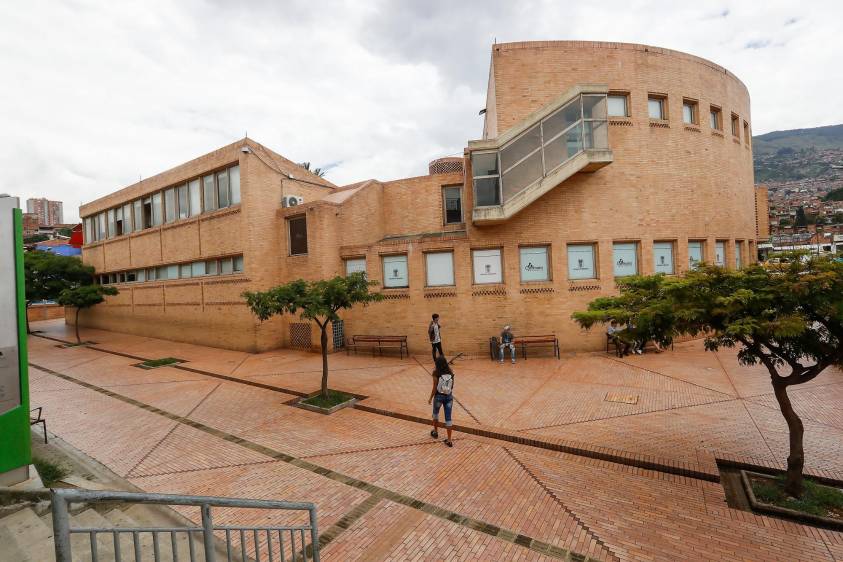
For more than thirty years, Moravia was an open sore representing the failing heart of Medellín’s fragile society. This spot is home to the city dump and has long been a sad sector of the city.
Today at the heart of this community is the last work of Colombia’s architectural powerhouse, Rogelio Salmona.
The building hosts craft classes for single mothers in the morning and after-school painting for kids in the afternoon. What’s more, they have dancehall-style sound clashes between Moravia’s teenagers in the evening.
Thanks to this, the Moravia Cultural Center has become a simple sanctuary. Over time, it has extended its influence beyond the immediate security of its ochre-colored concrete columns.
The former dump itself is now an urban garden, where the locals cultivate their own herbs and vegetables. The result is an interesting extension to any visit to the Botanical garden.
Address: Cra 52, Moravia, Medellin
Cable Cars & Escalators of Medellin

One of the most striking interventions was the construction of the first cable cars. These unique pieces of architecture climb high up into the hills and former shanty towns of Medellin.
Originally designed for snowboarders in the French Alps, the cable cars were connected to Colombia’s only metro system. That makes them a handy way to get around town!
The city also installed electric escalators to provide respite for residents in San Javier and Santo Domingo.
And, while the architects didn’t design them with this in mind, they’re now an essential aspect of the city’s most popular tourist attraction: the graffiti tour in Comuna 13.
Each stop acts as a public gallery for the city’s uber-talented street artists to tell the story of the city through their paintings.
Address: Closest Metro station: San Javier
Library Parks of Medellin
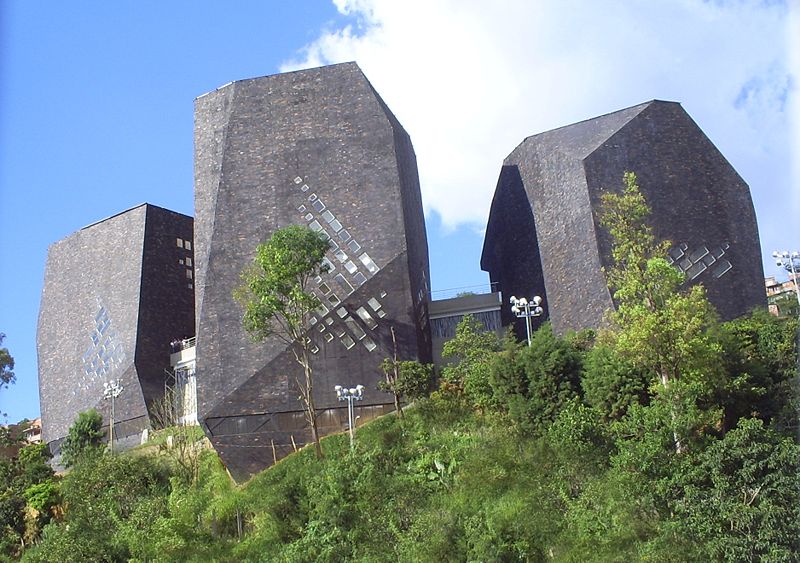
What better way to improve Medellin than to build a series of libraries in the most violent neighborhoods? This project was paid for by the profits generated by Medellin’s publicly-owned renewable energy company EPM.
The project is a set of 13 library parks built in the city’s most downtrodden neighborhoods.
Another four expansive library complexes were built at the same time. However, unlike some of the many bookstores around Medellin, these weren’t just places to read. They were also filled with microcredit centers, childcare facilities, and art galleries.
More educational facilities were added with the construction of 10 spectacular public schools. These transformed the landscapes and more importantly the daily existence of the city’s most marginal communities.
With the exception of the Biblioteca Españas, these buildings are still there transforming lives. They give the residents of these marginalized neighborhoods a different perspective.
Address: Cra. 76 #18a-19, Medellín, Antioquia
Edificio Matoral

The 5-story residential block engulfed in trees and tropical foliage is truly a work of art. In fact, this spot won Colombian architect Santiago Arango the prize of the best building back in 2017!
The financial success of these five luxury apartments ignited demand for a string of similar projects. While private buildings, they’ve served as a visual symbol of Medellin’s work toward becoming a green city.
The verdant designs of these buildings have struck a chord with hoteliers and celebrities alike. Plus, they’ve won plaudits from other architects who have followed suit.
Just be aware, these buildings don’t come cheap. Apartments in one of these buildings cost upwards of $750,000 USD!
Address: Cra. 40 #10a-54, Medellín, Antioquia
The Coliseums of Medellin

Giancarlo Mazzanti and Felipe Mesa threw a stylish roof over 13 stadiums in beautiful Laureles for the Pan American Games. This created a world-class public space for the aspiring sportsmen and women of Medellin.
The striking green, modular design links different venues for every sport imaginable. That includes gymnastics, wrestling, badminton, and basketball.
Plus, a perforated steel skin allows cross-ventilation and for passers-by to take a peek at the action inside. All of the facilities are open to the public. Moreover, moving from one to another is a relaxing way to while away a day in Medellin.
Cheerleaders, skaters, and rollerbladers practice in the passages in between.
Consequently, it’s an exciting place to visit, no matter when you go!
Address: Cra. 74 #48010, Laureles, Medellín
Check Out Some of Medellin’s Beautiful City Improvements
All these city improvements have served as a way of brightening up a once sad city. Today, Medellin is a thriving hub of greenery and innovation.
If you like this blog, you might like the Casacol Instagram page to keep up with all the new articles. Anything we need to update or correct? Care to contribute? Email us at blog@casacol.co.


